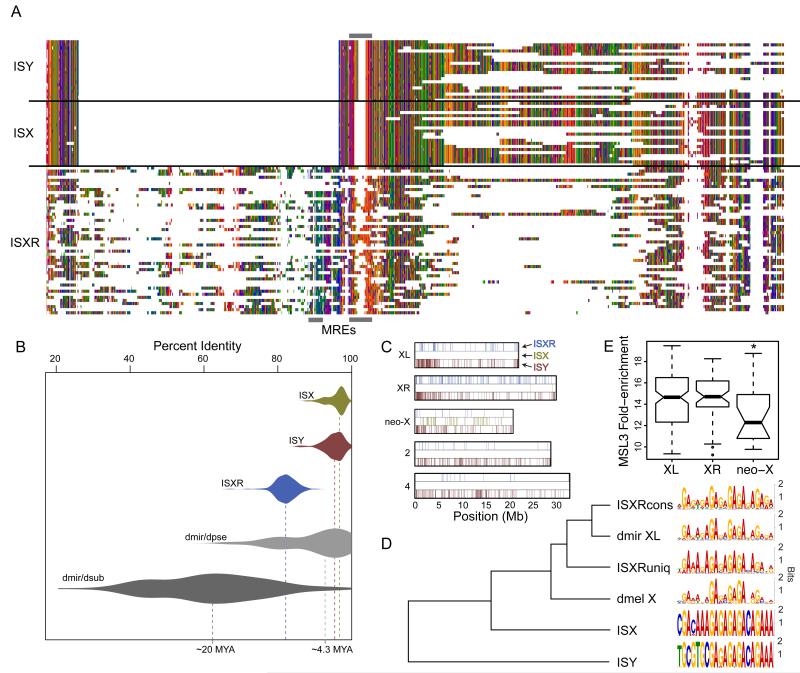Fig. 3. The ISXR helitron is associated with CES on chromosome XR.
(A) Multiple sequence alignment showing helitrons from within neo-X CES (ISX), XR CES (ISXR), and the related ISY element. Grey boxes indicate approximate location of the MRE motifs in the alignment. (B) Divergence of elements from their consensus sequence places the burst of ISXR amplification after the divergence of D. subobscura from the miranda/pseudoobscura ancestor (> 15 MYA) and the ISX burst after the divergence of D. pseudoobscura and D. miranda (~4 MYA). See Supplemental Methods for details. (C) The ISY element is distributed evenly among D. miranda chromosomes (permutation test p > 0.08 in all cases, except for chromosome 4, where it is depleted [permutation test p<0.0001]) while ISXR is enriched on XR and ISX is enriched on the neo-X (permutation test p<0.0001 in both cases)(see Table S2 for additional details). (D) Clustering of the canonical D. miranda and D. melanogaster MRE motifs inferred from the ancient X chromosome along with the consensus from each helitron TE. ISXRcons refers to the ISXR MRE that is conserved with ISX while ISXRuniq refers to the MRE that is unique to ISXR [see (20) for details]. (E) MSL3 ChIP-seq data show that XR CES overlapping ISXR elements have a higher affinity for the MSL complex in vivo compared to the neo-X CES that overlap ISX elements (comparing the distribution of MSL-enrichment from 21 strict CES created by ISX, vs. 47 strict CES created by ISXR, Wilcoxon test P=0.01).

